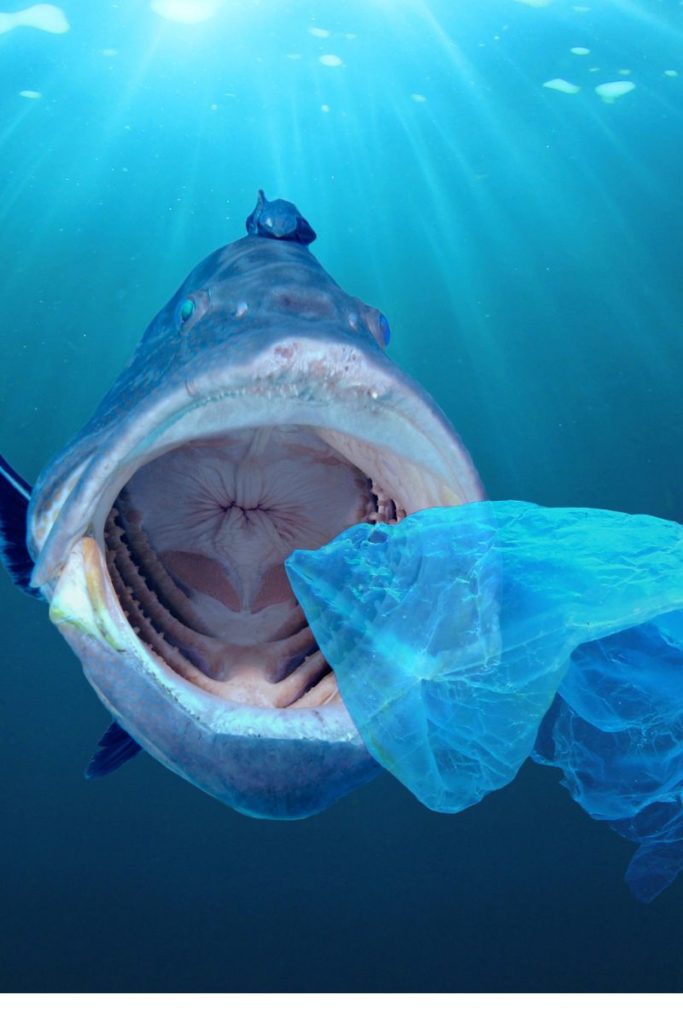Sustainable fishing means fishing in a way that is beneficial to the ecosystem and the economy. It must be fair for all of us. This idea has become more widely accepted. This is because individuals worry more about overharvesting and the decline of fish populations. Sustainable fishing is important for many reasons. Retaining healthy fish populations, maintaining aquatic habitats, and assisting fishing communities earn an income are a few.
Most Important Component of Sustainable Fishing
The most important component of sustainable fishing is to use methods that do not harm the environment. Using big nets and other fishing equipment can potentially harm marine habitats. Alternatively, hook-and-line fishing, trap fishing, and gill netting are better ways to catch fish. Avoid fishing methods catching a specific species or age group. This can upset the health of the fish population as a whole. Practice selective fishing. Use methods that let fish stocks regenerate and grow naturally. This can contribute to ensuring that fisheries will continue to exist for a long time.
Additional Component #1
Managing fish populations is another crucial component of fishing in a way that is beneficial to the environment. You can set limits to the number of fish you catch and watch what is being caught. Also by placing rules on fishing equipment and methods. Established catch limits ensure that fish populations remain healthy. They can be based on scientific research findings of fish populations and how quickly they grow. Managers of fisheries monitor the number and size of fish caught. This allows them to make adjustments to catch limits and other regulations as needed by observing how people fish. Controlling fishing gear and methods can scale back on bycatch and other unintended catches. Bycatch and unintended catches can potentially harm species that aren’t your main goal.
Additional Component #2
Careful management of fish stocks and less waste also contribute to this. Use fish parts, like heads and bones, that we simply throw away to make fish meal or fertilizer. It can also actually give farmed fish nourishment that is better for the environment, like plant-based food instead of fishmeal. This can help wild fish populations by placing less pressure on them. Reduce food waste to ensure fish that are caught are used to their fullest potential. Eliminate the waste of discarded waste because they have gone bad or for any other reason.
Additional Component #3
Another crucial component is social justice. People in fishing communities often rely heavily on fishing to earn an income. It, essential that they benefit from fishing in a sustainable way. Providing fishermen with training and resources will assist them in transitioning to more sustainable ways of fishing. They must also have access to markets that value sustainable fishing. It’s important to consider the economic and social impacts of fishing regulations and other policies. Do whatever you can to help fishing communities cope with any negative effects.
Status of Sustainable Fishing
Individuals are growing increasingly conscious of the importance of fishing in a manner that is beneficial to the environment. Efforts are increasing to promote sustainable fishing practices. Many countries have established laws and regulations to encourage this and certification programs. Money is increasingly added to research and development to improve fishing techniques. This will also minimize the harm that fishing does to the environment.
Many unresolved issues still exist blocking fishing in a sustainable way. Illegal, unreported, and unregulated (IUU) fishing remains a big problem in many parts of the world. It can be extremely bad for fish populations and the health of marine ecosystems. Climate change and other environmental factors can also make it difficult to predict and manage fish populations. They can also change where and how many fish species live.
What Can you Do?
How can you help?,
Continue to promote sustainable fishing techniques. And, invest in research and development to learn more about fish populations and the environmental factors that affect them. Finally, make sure to fish responsibly.
We are available for contact regarding this (or anything related to this Community Information System). See how by CLICKING HERE!
If you want to learn about the health benefits of fishing, CLICK HERE!


